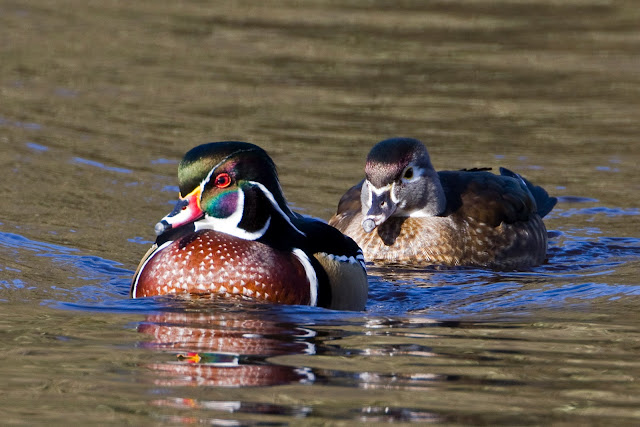I failed to connect with a Corn Bunting last year, even though we had a couple of trips out towards the end of the year where it was the main target. I am not sure if it was a bad year for them or if they are disappearing from the local strongholds. More likely it was just incompetence on my part.
Two trips looking for them again this year, one at the Burgh and the other around the Steyning Bowl/ Nomans Land areas, have also drawn a blank. So today, when Short-eared Owls were the main target, it was a real bonus to find a Corn Bunting even if it was the only one we saw.
 |
| Corn Bunting |
Better still, I had to close about 100 metres to get close enough for a picture and the bird waited patiently for me to get there and then to take the usual twenty or thirty near identical pictures. I wish all birds were so cooperative.
 |
| Half way there and a safety shot just in case it takes off |
 |
| A slight variation in the pose! |
The day had not started too well. We visited Pagham North Wall. There were thousands of birds out on the mudflats but nothing on the Breech Pool and nothing close enough to photograph. Selsey Bill was devoid of birds although there had been a few through earlier in the day.
A trip to Apuldram had given us sight of a lot of Yellowhammers in the barley field north of the horse paddock. They were impossible to count but there was certainly a lot of action. We wasted half an hour trying to get a picture but the results were a bit disappointing. Perhaps a hide and a bit of patience would deliver better results but I suspect you would just get a queue of dog walkers asking what you were doing.
Running out of ideas we headed up to the Burgh for a raptor watch, only to find tractors and muck spreaders busy at work in front of the viewpoint. Dave suggested a walk round to the dew pond to look for Short-eared Owls. I wasn't too keen, I had only seen one sighting report all winter and the idea of home and a cup of tea was beginning to grow.
Fortunately Dave prevailed, I got my Corn Bunting, we saw at least three Short-eared Owls, and a possible although distant Hen Harrier.
 |
| Short-eared Owl |
The Owls were not quite as obliging as the Corn Bunting. They gave a few reasonable fly-bys but the hoped for landing on a post just a few feet away did not happen.
Still, great fun to watch and to photograph, we just need to find a Barn Owl now.
It has been very quiet around the area for the past week or so. There was a juvenile Eider in Shoreham Harbour for a couple of days and there has been a rather sick and scrawny looking Red-necked Grebe on Brooklands Lake. The Eider was worth a photograph but as much as I would like a close up photograph of a Red-necked Grebe I think the Brooklands bird is best left in peace.
 |
| Juvenile Eider |





























